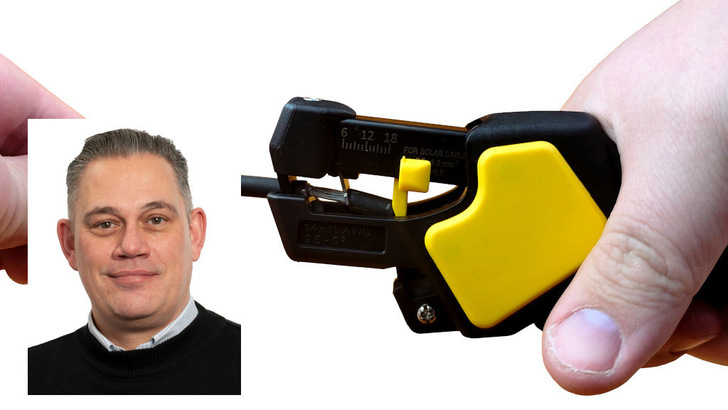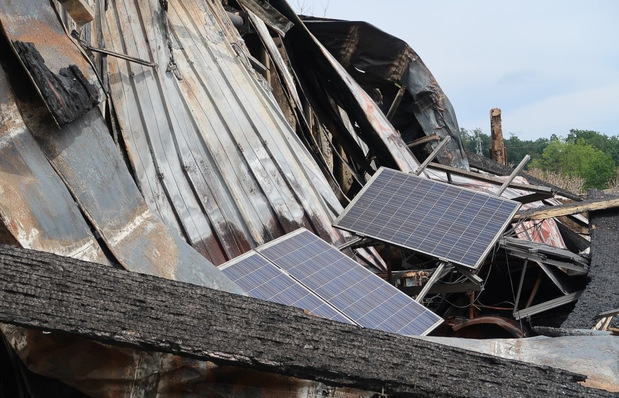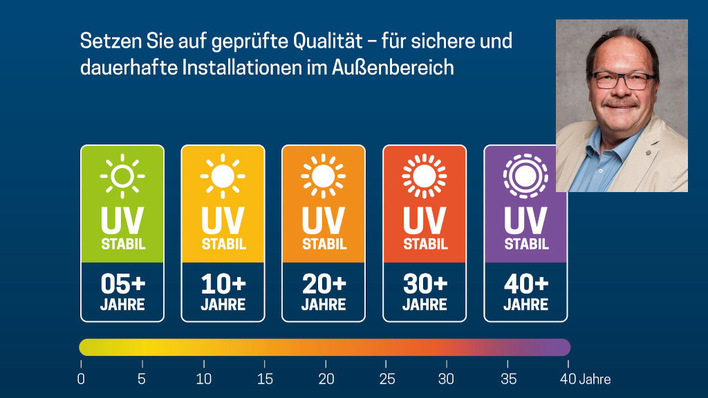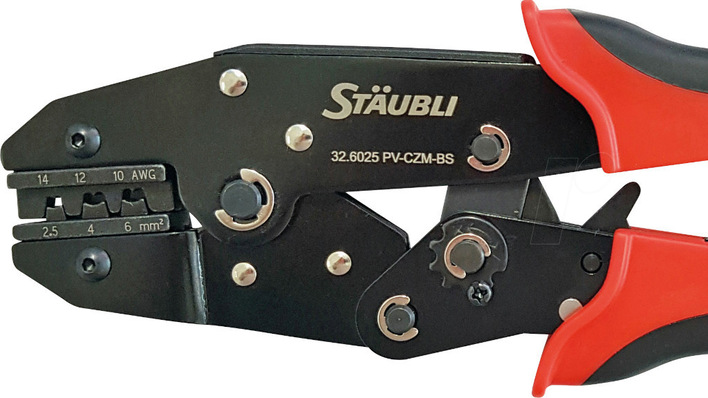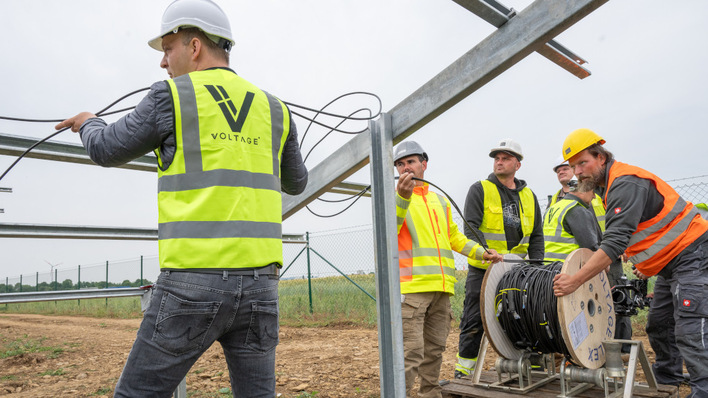Selecting the right components
Before crimping, materials must be carefully matched. It is essential that connectors, cables and tools are compatible. When selecting the connector, pay attention to:
– dielectric strength
– current carrying capacity
– operating temperature
– conductor cross-section
Only once these are defined should the appropriate solar cable be selected for the application.
EMC-direct – wiring systems correctly and safely
Tools: Quality over compromise
Your tools must be suited to both the cable cross-section and the connector. Use only:
– Certified stripping tools that automatically adapt to the cross-section and avoid damaging strands
– Approved crimping pliers, ideally with a ratchet that releases when the correct crimping force is applied
Avoid using general-purpose crimping pliers without manufacturer approval – especially in PV installations, where safety requirements are high.
EMC-direct: Don’t underestimate cable UV resistance
Stripping: Only bare conductors may enter the sleeve
Strip the cable to the correct length – usually 7 to 10 mm, depending on the connector. Ensure that you:
– Do not damage or cut strands
– Briefly twist strands to check for damage
– Re-strip if insulation was removed incorrectly – damaged conductors can cause higher resistance and increased fire risk
Crimping: Positioning and execution
Insert the conductor fully into the centre of the crimp sleeve. Important points:
– Only the bare conductor should be crimped – never the insulation
– Ensure straight, parallel insertion into the tool
– Press the pliers through until they release automatically
Poor alignment or an incomplete crimp can lead to thermal stress, contact loss or arcing.
EMC-direct – these installation faults are easily avoided
Quality control – the final and most important step
A good crimp is identified by:
– All strands fully and evenly crimped
– A symmetrical, firm, glossy crimp – a sign of correct pressure
– No loose wires or insulation residues in the crimp area
Also check that the contact point is clean and free of defects. This is essential for a reliable, mechanically strong connection.
Crimping is precision work – with consequences
A poorly crimped connector may seem harmless, but it poses significant risks: from power loss and fire hazards to partial system failure. It pays to invest in certified tools, trained personnel and high-quality materials. (AD/TF)
Author Arnd Dietrichs is Head of Product Management and Purchasing at EMC-direct and an expert in tool development. The company's solutions for cable protection and fastening are used in large-scale solar projects in Austria, Denmark and beyond.


